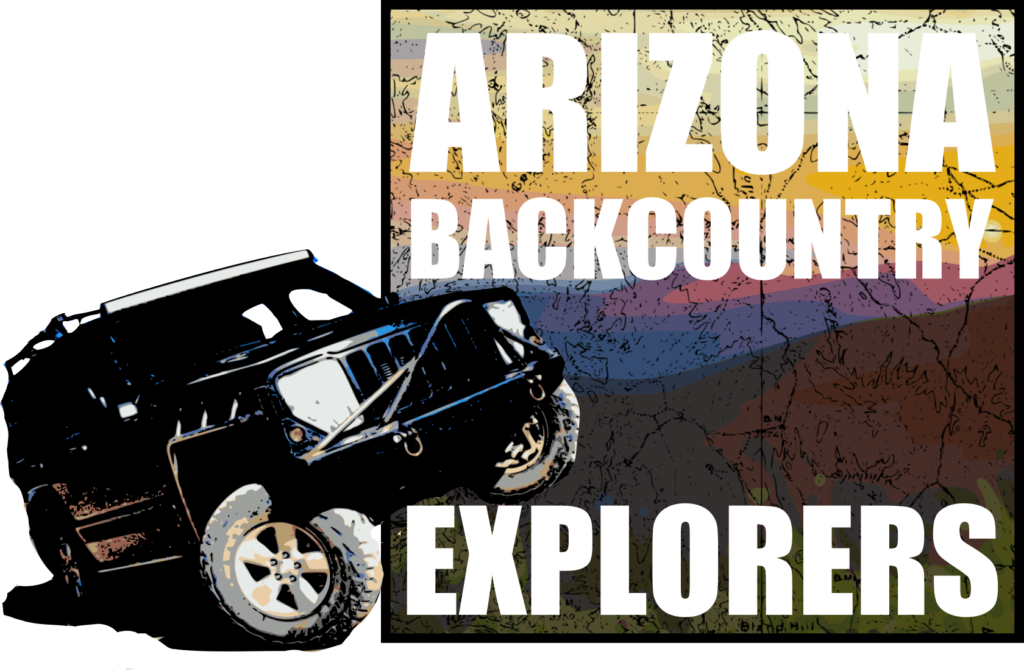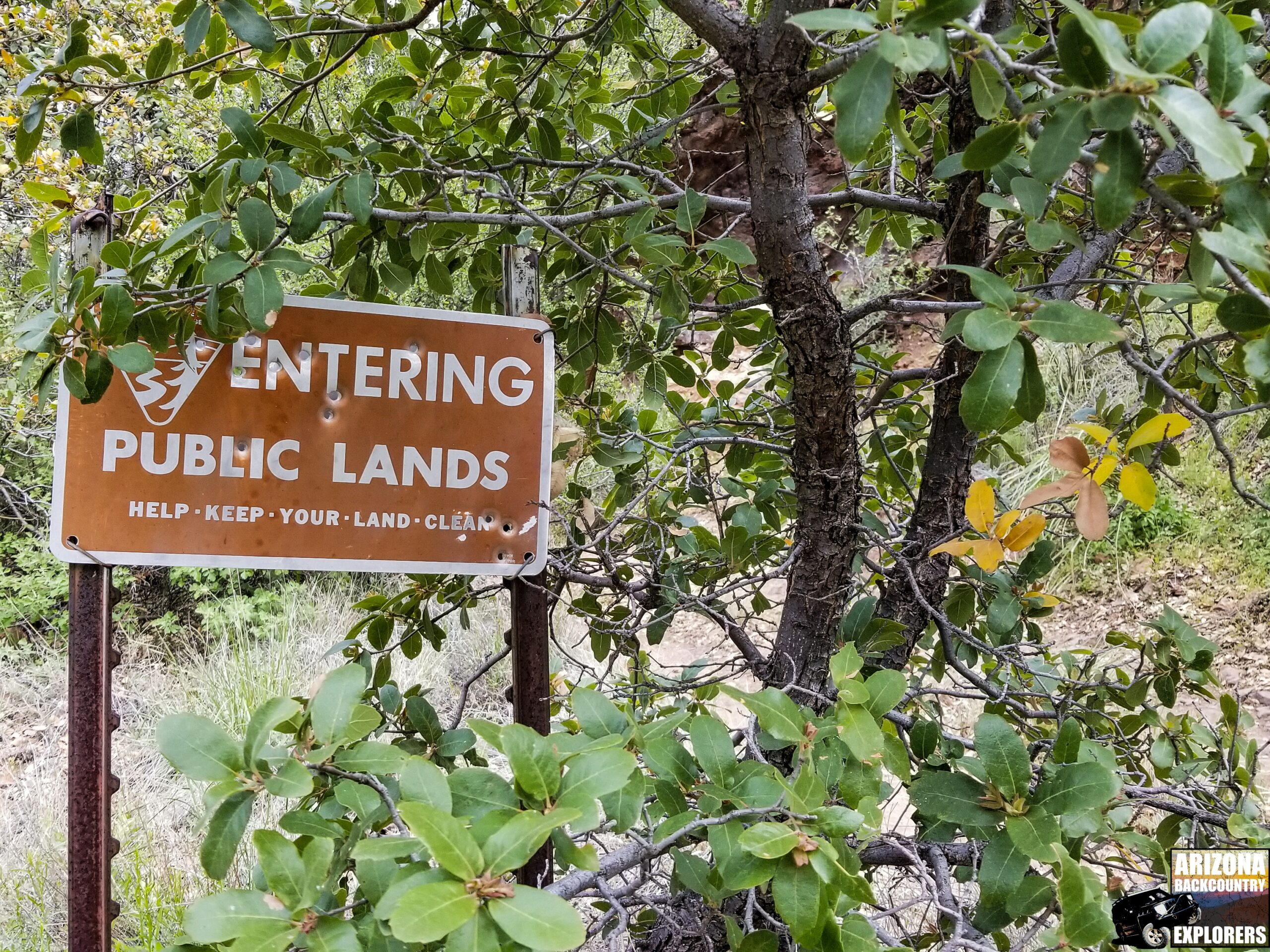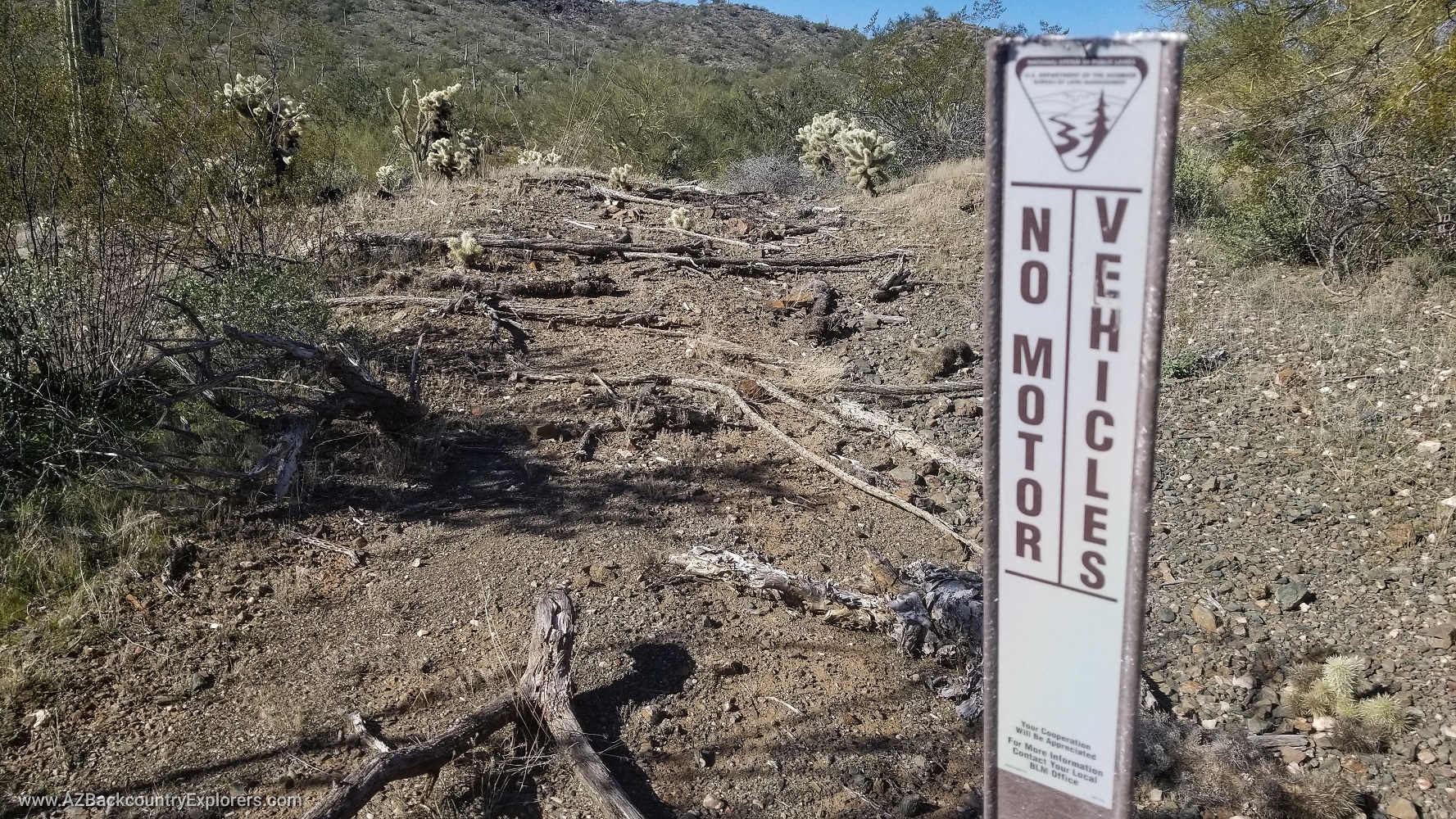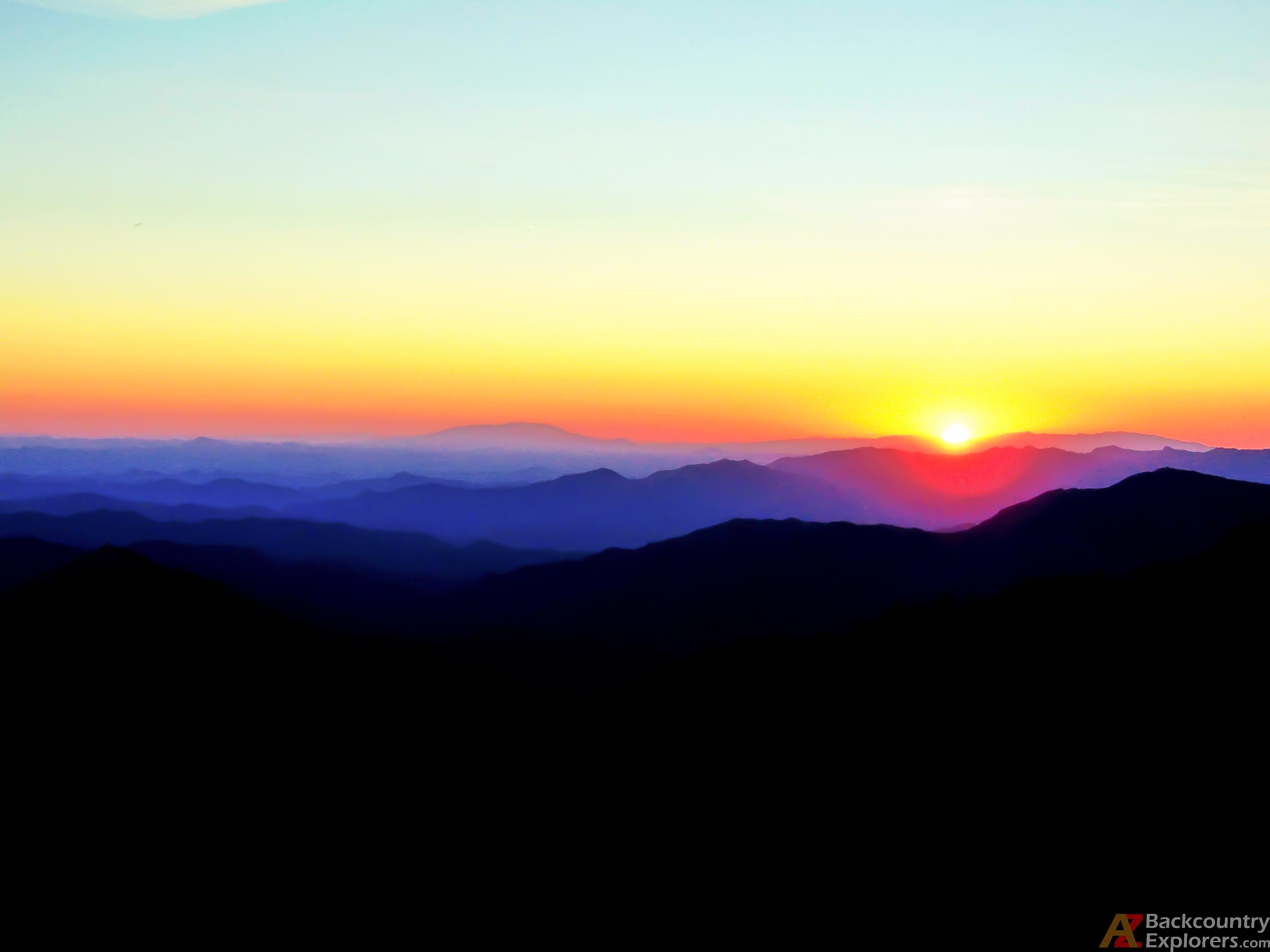Your cart is currently empty!
Facing thousands of miles of trail closures, we took it to Washington for a final solution.
After years of trail closures, the Arizona people had enough. Over 10,000 miles of trails on BLM land were facing closure in 2018, and something had to be done. The result saved and re-opened thousands of miles of trails across America, and many people still don’t know about the glorious victory.
With everything that’s going on in our National Forests, we must understand what happened with the Bureau of Land Management. It’s a classic example of what can be accomplished.

It has since been discovered that travel management planning through the Bureau of Land Management continues across the west in states like Utah, Colorado, and others. These TMPs are the result of lawsuits set forth by environmental groups such as the Southern Utah Wilderness Alliance. All TMPs in Arizona however, are still canceled.
Since the changes described in this article, The Bureau of land Management is now recognizing, signing, and managing 4×4 trails without a travel management plan. The criticism that we received while fighting these trail closures, has proven to be wrong. Deregulating the Bureau of Land Management has proven to benefit all users of public land by keeping access open. Offroad clubs now have the upper hand while negotiating with federal land managers.
Bureau of Land Management (BLM) Resource Management 2.0
The Bureau of Land Management (BLM) Resource Management 2.0 was a federal regulation that was put into place in 2014. The new rules required BLM to complete Travel Management Plans across all BLM-managed lands by 2020. Of course, BLM fell behind, and the race was on to meet their goals. After several years of planning, the BLM hammered down and proposed the closure of 1630 miles of trails around Kingman, Arizona, with a potential 2726 miles at stake under the resource protection alternative.
Simultaneously, the Bouse and Cactus Plain, Bumble Bee, Black Canyon, Colorado River, and Yuma Travel management plans were coming into effect. In total, over 10,000 miles of roads were facing closure around Arizona. The Arizona people quickly started to realize what they were losing. The BLM began a fight; they were not prepared to win. Despite the opposition, BLM refused to comply with the Arizona people’s wishes.
Boots on the ground | Mojave OHV Initiative
As pressure mounted, the Arizona people organized to study the proposed changes carefully. Several individuals from all over the state rallied together in opposition to the massive amount of trail closures. Organizations across America called to their members to join the fight. Many media outlets across western America published material concerning the Kingman Travel Management Plan in a parallel manner.
Members of Congress, county supervisors, city council members, offroad enthusiasts, and industry business leaders joined forces to create a public lands commission and evaluate the Travel Management Plan in Kingman. They found several things wrong, including trails that didn’t exist but were on the map as OPEN.
They proved that the Travel Management Plan was conducted in an office using outdated data, and nearly no fieldwork was complete.
Disapproval under Congressional Review
Mohave County supervisor took the issue to the White House when she attended a meeting on rural economic development. The Mohave County supervisor explained the most significant threat to Mohave County is BLM’s Travel Management Planning. After explaining the situation in Mohave County, the Kingman Travel Management Plan ended that day.
Shortly after, Resource Management 2.0 was taken to Washington for a final resolution. Both the House and Senate unanimously agreed to disapprove the Resource Management 2.0 rule. The final decision was published in the Federal Register on December 21, 2017, and became effective immediately.
By removing the regulation at the federal level, thousands of miles of roads were saved from closure. Even more importantly, trails that were previously closed are now re-opened. This change didn’t only affect Arizona; it reversed every Travel Management Plan under the Resource Management Plan 2.0 on BLM land across America.
Watch our good friend Ric Swats explain how it all started in Mohave County.
“The straw that broke the camel’s back.”
After a relieving phone call with the Hassayampa Ranger district, I learned Travel Management Planning was officially over. According to BLM officials, the Kingman Travel Management Plan was “the straw that broke the camels back.” The BLM rangers even expressed their support for the decision. “It’s one less thing I gotta worry about,” said one ranger. “Now we can put resources where they are truly needed,” said another ranger. It comes as no surprise that the good men and women, if the Bureau of Land Management, feel the weight lifted off their shoulders.
Keep an eye out. They’ll be back to close more trails.
It’s almost guaranteed, BLM will be back to close more trails. Next time, they’ll put a whole new name on it. Perhaps, it’ll be a snail labeled as an endangered species that destroys a multi-billion dollar industry. Or maybe it’ll be outrageous user fees or other regulations that discourage motorized use.
These things are already happening. Changes are being proposed every week. It’s essential to pay attention to the Federal Register and Regulations.gov and get involved. If we continue to ignore these issues, outdoor recreation will quickly disappear. The lifestyle we love will no longer exist.
Conclusion
We are currently facing massive changes in our National Forest all over Arizona and America. We are dealing with the same changes that BLM was proposing through the Resource Management 2.0 rule. Currently, over 3,600 miles of roads across Arizona are threatened with closure. Nearly 1/4 of the trails in the Tonto National Forest are set to be decommissioned.
These are the last trails we have in our National Forest that are entirely open.
We must act now! Thousands of people all over the US are fed up. Disapproving the Forest Service regulation will stop this for good and assure we will have access to our public lands for years to come.
It’s a never-ending battle to keep motorized access open. We are a robust community that can sway elections, introduce legislation, and wage massive federal lawsuits IF we stick together and get organized. The law is in our favor, so what are you waiting for?
CONTACT YOUR CONGRESSMEN NOW!
Tags:
You may also like…

Visit the AZBackroads.com Store

Please Become A Member
We need your help to keep our backroads open. Please join today!






